$60,000 became $106,892.
That’s what happened when I invested $500 every month for ten years.
I didn’t time the market. I didn’t pick hot stocks. I didn’t even know what I was doing half the time.
I just set up an automatic transfer and left it alone.
Well, mostly alone. There were moments I almost quit. Times I cried looking at my account. Days I was sure I’d made a terrible mistake.
But I stuck with it.
This is my real story. Real numbers from my actual account. Not some textbook example.
I’m going to show you exactly what happened — the good, the scary, and the mistakes that cost me thousands. By the end, you’ll know if this strategy works for regular people like us.
Let’s start from the beginning.
My Starting Point (January 2015)
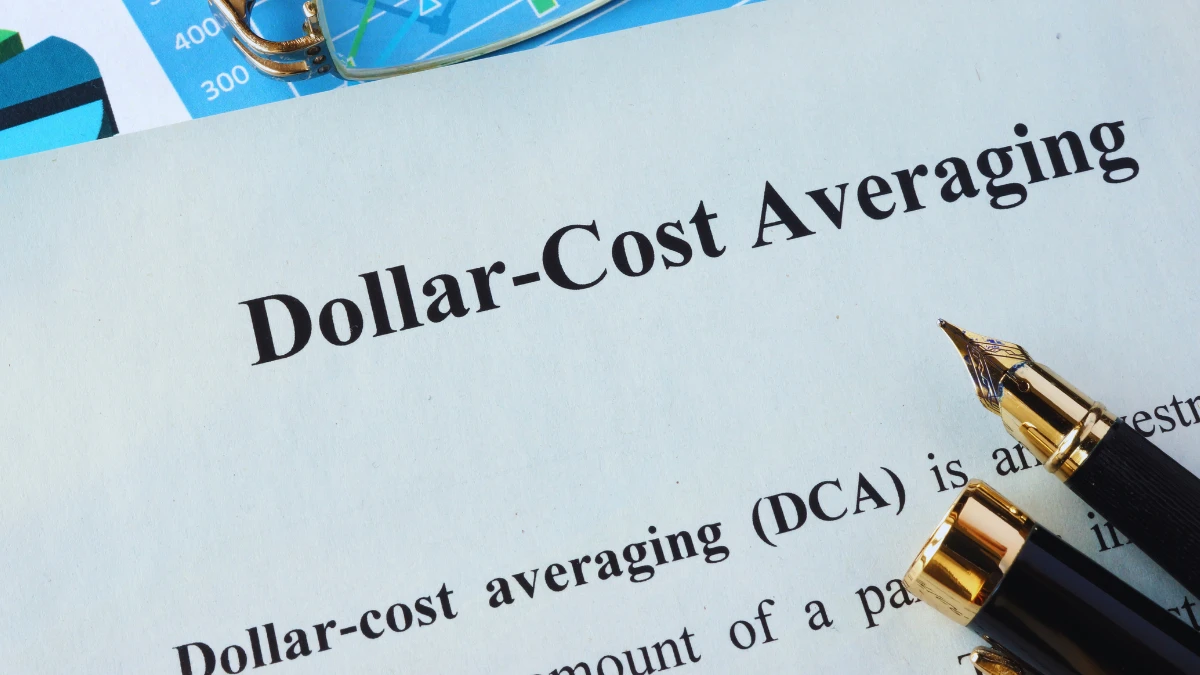
I was 29 years old.
I made $68,000 a year as a marketing manager. Not rich. Not broke. Just… normal.
My investment experience? I had a 401(k) through work that I barely looked at. That was it.
But I kept reading about people who retired early. About compound interest and passive income. It sounded too good to be true.
The problem? I was terrified.
The stock market felt like a casino. What if I invested everything and lost it? What if I bought right before a crash? What if there was a better time to start?
I spent six months overthinking it.
Then one night, I did the math. If I kept waiting for the “perfect time,” I’d still be waiting at 50. Broke at 50.
That scared me more than losing money.
So I made a deal with myself: Invest $500 every month. No matter what. For ten years.
$500 was exactly 10% of my take-home pay after taxes and 401(k). It hurt a little, but I could manage it.
On January 15, 2015, I set everything up.
Here’s what I did:
Platform: Fidelity. It was free and easy to use.
Investment: Vanguard S&P 500 Index Fund (VOO). One fund that owns 500 big companies. Simple.
Amount: $500 on the 1st of every month, automatically taken from my checking account.
Cost: 0.03% expense ratio. That’s $3 per year for every $10,000 invested.
My one rule: Don’t check the account more than once every three months.
Setup took 47 minutes on a Sunday afternoon.
Then I tried to forget about it.
Years 1-3: I Felt Like a Genius (2015-2017)

The first three years went great.
Too great, actually.
Every time I checked my account, the number was bigger. Month after month, the line went up.
By month six, I’d invested $3,000, and my account showed $3,240. I made $240 doing nothing!
I started checking daily. Then twice a day. I felt smart.
After three years, I’d put in $18,000. My account showed $21,500.
I made $3,500. That’s a 19% return.
I thought I’d figured out investing. I told my friends about it. I got cocky.
Then 2018 happened.
December 2018 crushed me.
The market dropped hard. My account went from $24,500 to $23,000 in one month.
For the first time, I had less money than I’d put in.
I’d invested $24,000. My account showed $23,000. I was down $1,000, or about 4%.
It doesn’t sound like much now. But back then? It felt huge.
My girlfriend asked, “Should you stop putting money into something that’s losing value?”
Fair question. I didn’t have a good answer.
But I remembered something I’d read: When prices drop, your $500 buys more shares. More shares mean more profit when prices go back up.
If prices go back up.
I kept the automatic transfer running. But I was scared.
Then 2019 fixed everything.
The market bounced back hard. By July, I’d recovered all my losses.
By December 2019, I’d invested $36,000, and my account showed $42,000.
I was up $6,000. A 16.7% gain overall.
I stopped checking daily. I started trusting the process.
Then 2020 showed me what fear really looks like.
The COVID Crash: I Lost $14,500 in Three Weeks (2020)
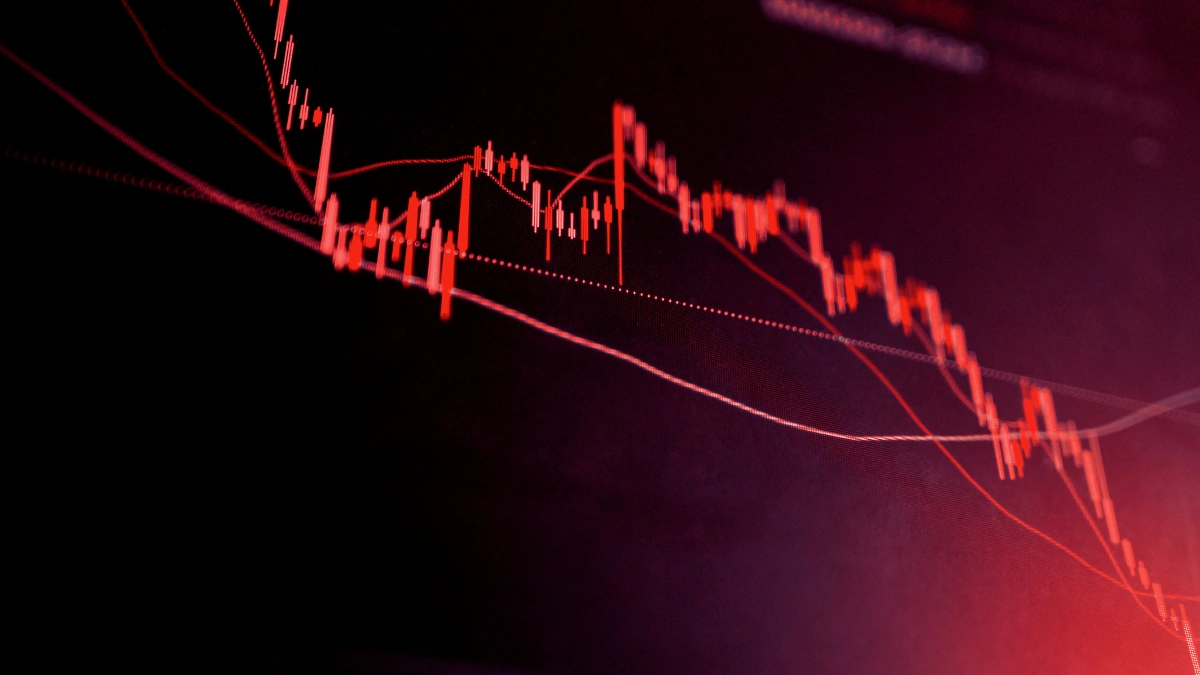
February 2020 was perfect.
Five years of investing. My account hit $48,000. I’d put in $31,500 and made $16,500 in profit.
I felt unstoppable.
March 2020 destroyed me.
COVID hit. The market crashed. Hard.
I watched my account drop every single day.
$48,000… $45,000… $41,000… $37,000…
March 23, 2020: $33,500.
I’d lost $14,500 in three weeks.
That’s more than six months of my salary. Gone.
I couldn’t sleep. I checked my account constantly. I felt sick.
My dad called: “Pull everything out. Save what you have left.”
My friends who invested were selling. “It’s going to zero,” they said. “We’re heading into a depression.”
I sat at my laptop with my finger over the “Sell All” button.
But I couldn’t do it.
Here’s why:
I was still up $2,000 from what I’d put in. I’d invested $31,500 and had $33,500. Not great, but not a disaster.
I remembered 2018. That felt like the end, too. But it came back.
If I sold, I’d lock in the loss forever. If I held, maybe it would recover.
And here’s the thing nobody talks about: My $500 on April 1st bought 30% more shares than it did in January.
The crash was horrible. But my automatic investment was buying shares at a massive discount.
I kept it running. But man, it was hard.
The recovery shocked me.
By June, my account hit $42,000. I’d recovered half the loss.
By August: $51,000. I’d recovered everything and made new highs.
By December 2020: $57,000.
I’d invested $42,000 total, and my account showed $57,000. I was up $15,000.
The shares I bought in March and April? They went up 80% from what I paid.
Meanwhile, my friends who sold in March never got back in. They were too scared. They missed the entire recovery.
That’s when I really understood this strategy.
You don’t make money by being smart. You make money by not panicking.
Years 6-10: Two More Tests and The Final Number

2021 was my best year ever.
The market went crazy. Everything went up.
By December 2021, I’d invested $48,000, and my account showed $73,000.
I was up $25,000. A 52% return on my money.
I thought the hard part was over.
2022 humbled me again.
Inflation. Rising interest rates. Talk of recession.
The market dropped 18% for the year.
But you know what? It didn’t scare me like 2020 did.
I’d been here before. I knew what to do.
Nothing.
I kept investing $500 every month. I bought shares cheaper. I waited.
December 2022: $54,000 invested, $66,000 in my account.
Still up $12,000 despite a bad year. Not too bad.
2023 and 2024 brought it home.
2023: The market came roaring back. Up 24% for the year.
2024: Solid growth. Up 12%.
Nothing dramatic. Just steady progress.
September 2025: I made my 120th contribution. Ten years complete.
Time to see what I built.
The Final Numbers: Here’s What I Made
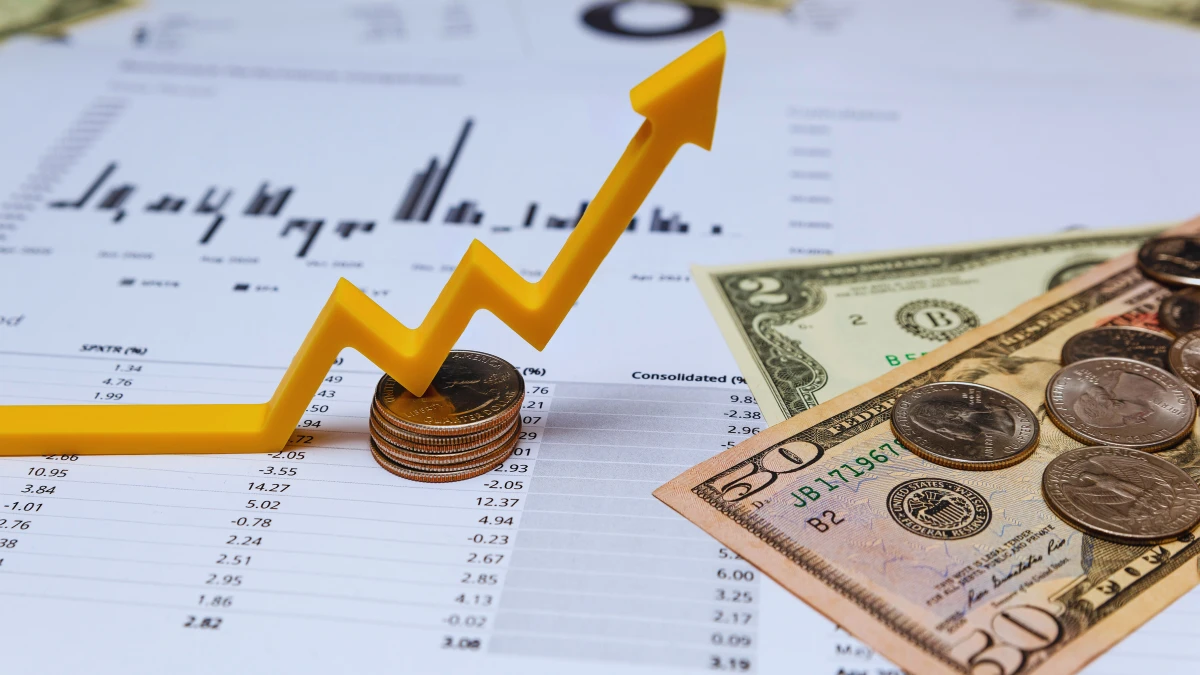
I logged into my account on October 1, 2025.
Here’s what I saw:
Portfolio Value: $106,892
Let me break that down:
Total I Put In: $60,000
Final Account Value: $106,892
Total Gain: $46,892
Return: 78.2%
Average Per Year: 7.8%I made $46,892.
That’s almost as much as I put in. My money nearly doubled.
But here’s the context:
What if I’d done something else?
Lump sum on Day 1: If I somehow had $60,000 in January 2015 and invested it all at once, I’d have about $145,000 today. Way better.
But I didn’t have $60,000. I had $500 a month.
High-yield savings: If I put $500/month in a savings account earning 2%, I’d have about $66,000. That’s only $6,000 profit.
Checking account: I’d have exactly $60,000. Zero growth. And inflation would have eaten 25% of its value.
Doing nothing: I’d have spent it. Let’s be real.
What about taxes?
When I sell (which I haven’t yet), I’ll owe capital gains tax.
My $46,892 gain gets taxed at 15%. That’s about $7,033.
After taxes, I keep $39,859.
That’s still $3,986 per year for doing almost nothing.
Not bad for autopilot investing.
5 Things Ten Years Taught Me

1. You don’t need to be smart. You need to be consistent.
I know nothing special about investing. I made every beginner mistake.
I still made money because I didn’t quit.
The smartest guy I know tried timing the market. He’s still waiting for the “right time” to invest. He’s missed ten years of gains.
2. Crashes make you money.
This sounds wrong, but it’s true.
Every dollar I invested during the March 2020 crash made me more money than the dollars I invested during the good times.
Why? I bought more shares when prices were low.
The crash felt terrible. But it was actually a gift.
3. Automation saved me.
Some months, I forgot that the $500 was even left in my account.
That’s the point.
If I had to manually invest every month, I would have skipped months. Especially during crashes.
Automation removed my emotions from the equation.
4. Doing nothing is the hardest part.
We’re wired to take action. To do something.
But the best strategy was to set it up and walk away.
Every time I got clever (checking daily, reading market predictions, considering changes), I made things worse.
Boring wins.
5. Most people don’t have lump sums.
All the studies say “lump sum beats dollar-cost averaging.”
Cool. But who has $60,000 sitting around?
Regular people have paychecks. This strategy works for paychecks.
Don’t let perfect be the enemy of good.
My 5 Biggest Mistakes (Cost Me $15,000+)
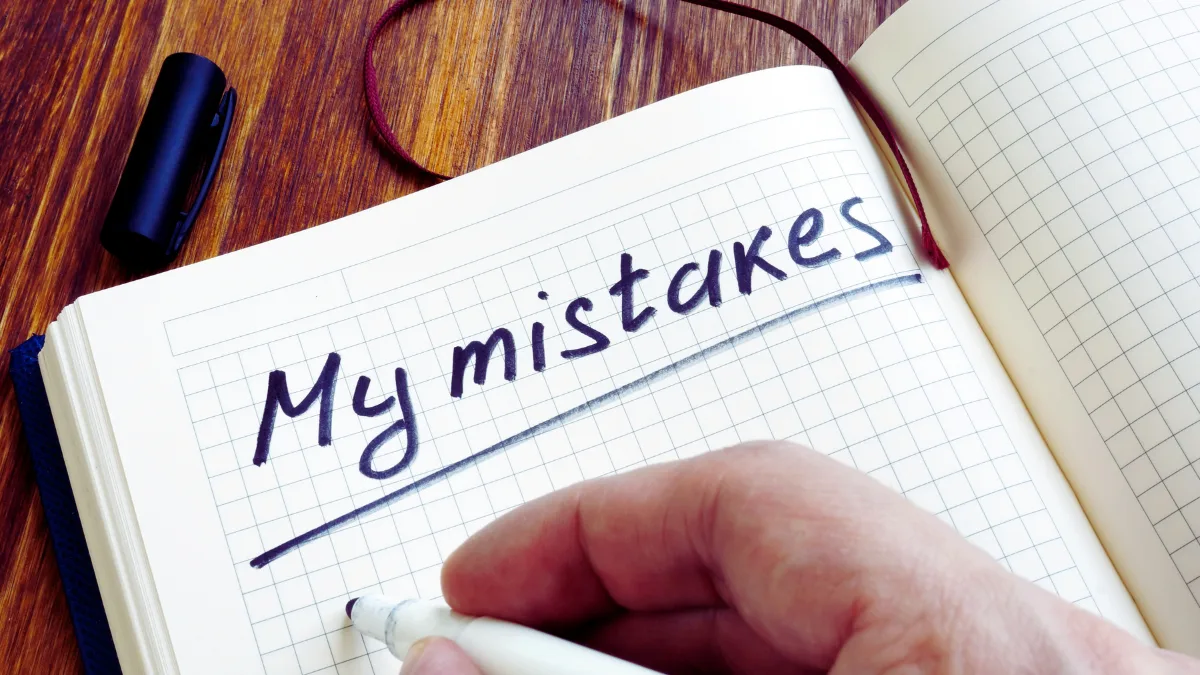
I messed up a lot. Here’s what I’d do differently:
Mistake 1: I didn’t increase my contributions
In 2018, I got a 15% raise. My income went from $68,000 to $78,200.
Did I increase my $500/month investment? Nope.
If I’d bumped it to $700, I would have invested an extra $12,000 over the next seven years.
That $12,000 would be worth about $18,000 today.
Cost: $6,000 in missed gains.
Mistake 2: I used a taxable account instead of a Roth IRA
I didn’t know better at the time.
A Roth IRA means you never pay taxes on the gains. Ever.
Instead, I used a regular brokerage account. Now I owe $7,033 in taxes when I sell.
Cost: $7,033.
Mistake 3: I checked my account way too much
For the first two years, I checked 2-3 times every day.
It stressed me out. It made me want to quit during small dips.
I should have checked once per quarter. That’s it.
Cost: My sanity and almost quitting.
Mistake 4: I put everything in stocks
100% stocks, 0% bonds.
I was young and dumb. More risk means more potential gain, right?
Sure. But it also means bigger crashes.
If I’d put 20% in bonds, the 2020 crash would have been less scary.
Would it have changed my returns? Probably not much. But I would have slept better.
Mistake 5: I told too many people
Everyone had an opinion. Most opinions were terrible.
“You should buy gold instead.” “The market’s about to crash.” “My crypto went up 300%!”
It was noise. Distracting noise.
I should have kept my mouth shut and let the results speak later.
The lesson? You’re going to make mistakes. That’s fine. Just don’t quit.
Would I Do It Again?

Yes. A thousand times, yes.
This was the best financial decision I made in my 20s.
But if I started today, here’s what I’d do differently:
Use a Roth IRA first: That $7,000-per-year limit is perfect for most people. Tax-free growth forever.
Start with $400/month: More realistic for most people than $500.
80% stocks, 20% bonds: Slightly less volatile. Easier to stick with.
Set automatic 3% annual raises: When my income grows, my investing grows.
Check once per year: Seriously. Once. That’s enough.
Who should try this?
- You have a regular income
- You want to build wealth slowly
- You hate trying to time the market
- You can wait 10+ years
- You want simple investing
Who shouldn’t?
- You need money in less than 5 years
- You have high-interest debt (pay that first)
- You love day trading
- You’re looking to get rich quickly
If you made it this far, you’re probably in the first group.
How to Start This Week (6 Steps)
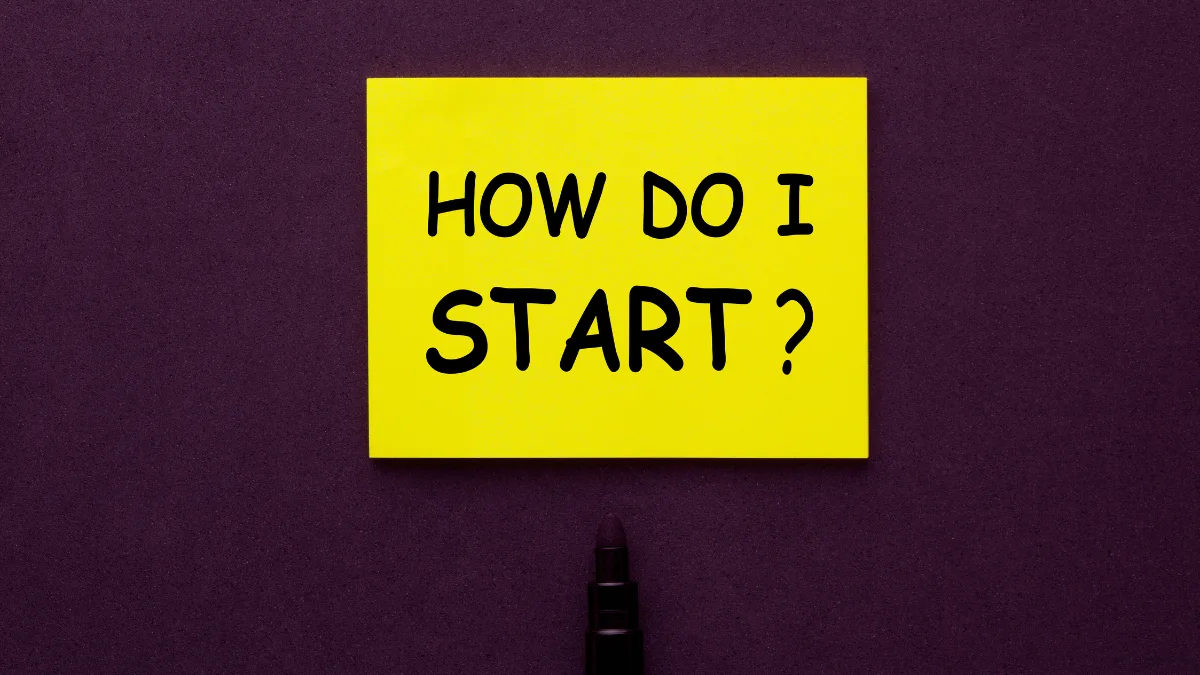
Total time: 50 minutes. Seriously.
Step 1: Figure out your number (10 minutes)
Look at your paycheck. What’s your take-home after taxes?
Multiply by 10%. That’s your starting number.
Make $4,000/month? Start with $400/month.
Make $3,000/month? Start with $300/month.
Pick a number you can do for years without thinking about it.
Step 2: Choose your account (5 minutes)
Roth IRA if you make under $161,000/year (single) or $240,000 (married).
Why? You never pay taxes on the gains. Ever.
2025 limit: $7,000 per year, or about $583/month.
If that’s more than your number, perfect. Use a Roth IRA.
If you want to invest more than $583/month, open a regular brokerage account too.
Step 3: Open the account (20 minutes)
Go to Fidelity.com or Vanguard.com. Both are great.
Click “Open a Roth IRA.”
Fill in your info. Social security number. Bank details.
Link your checking account.
Wait 3-5 days for everything to connect.
Step 4: Pick your investment (5 minutes)
Keep it simple. One fund.
S&P 500 Index Fund. That’s 500 big companies in one fund.
Fidelity: FXAIX, Vanguard: VFIAX or just buy VOO (works everywhere)
The expense ratio should be under 0.05%. That means you pay less than $5 per year for every $10,000 you invest.
Don’t overthink this. Just pick one.
Step 5: Set up automatic investing (10 minutes)
Find the button that says “Recurring investments” or “Automatic investing.”
Choose your fund (the one you picked in Step 4).
Amount: Your number from Step 1.
Frequency: Monthly.
Date: Pick the 1st or 15th. Whatever works after your paycheck hits.
Click confirm.
Step 6: Set a reminder (2 minutes)
Put a calendar reminder for three months from now.
That’s when you check your account.
Not before.
Delete the app from your phone if you have to.
Done. You’re an investor.
The Hard Part: Staying Disciplined

Setup is easy.
Sticking with it for ten years? That’s the real challenge.
Here’s when you’ll want to quit:
When the market crashes:
Your account will drop. It will feel terrible.
This is actually the best time for dollar-cost averaging. You’re buying shares on sale.
Don’t stop. That’s when the strategy works hardest for you.
When life gets expensive:
The car breaks down. Medical bills. The kid needs braces.
If you have to, reduce your amount temporarily. Go from $400 to $200.
But don’t stop completely. Even $100/month is better than nothing.
When you see red numbers:
“Paper losses” aren’t real losses.
You only lose money if you sell.
If you hold, it’s just numbers on a screen. They’ll change.
When people doubt you:
Your parents will worry.
Your friends will brag about their crypto gains.
Your coworker will tell you about the stock that tripled.
Ignore them.
Their crypto probably crashed later. That stock probably fell. They’re not showing you the losses.
Stay boring. Boring wins.
What helped me:
- I deleted the Fidelity app from my phone
- I set up email filters to automatically archive balance updates
- I wrote down why I started and read it during scary times
- I found an online forum of other people doing the same thing
The goal isn’t to never feel scared. The goal is to keep going anyway.
